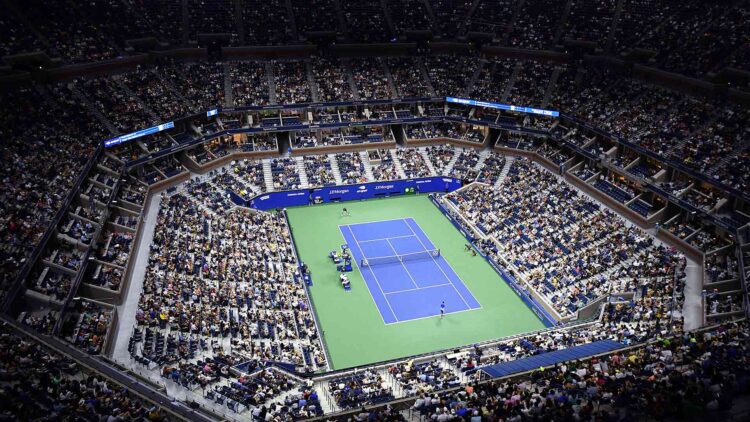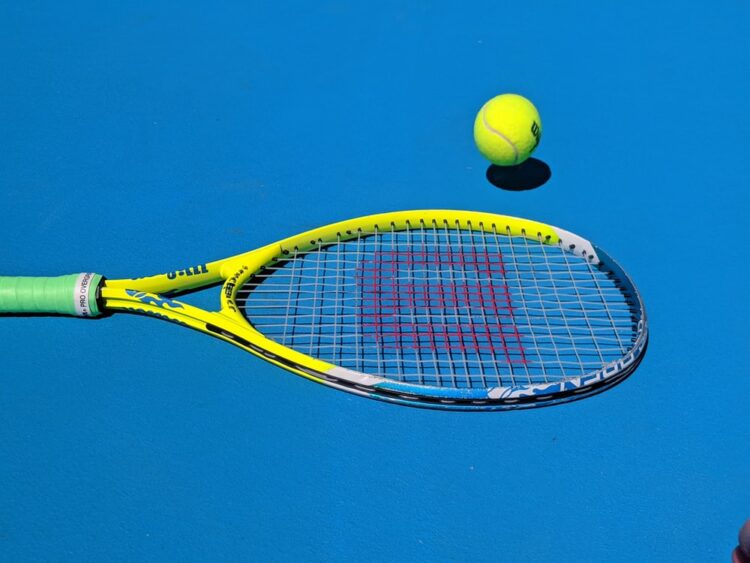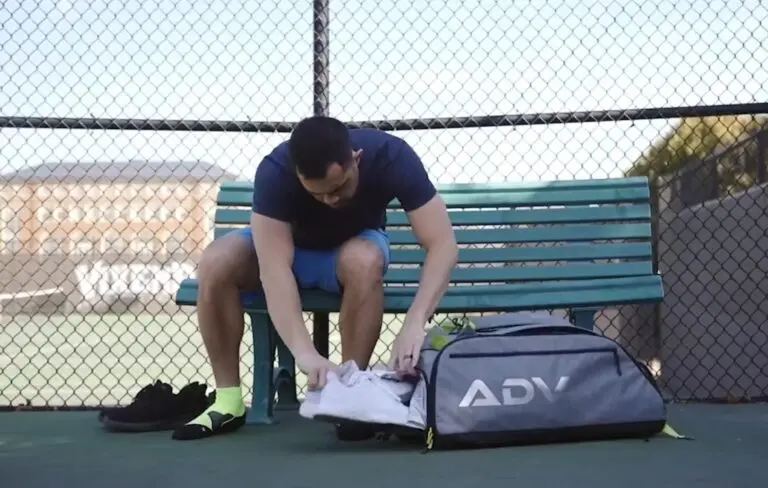With some 87m people around the world taking time to play, tennis is one of the most popular individual sports in the world. Between 2009 and 2019, the ATP Tour Finals hosted at the O2 Arena in London reached a cumulative global audience of more than 850 million across more than 175 territories.
With European players such as Novak Djokovic, Roger Federer, Rafael Nadal and Andy Murray dominating the men’s game over the last two decades it is no wonder that the sport is incredibly popular in the continent. Web statistics reveal that eight of the top ten searches per-million people come from those in European countries.
There are many contributing factors to its earlier stagnation in the US, such as the decline of major tournaments in the country and a lack of American’s being offered tennis scholarships at college. However, its popularity is now starting to grow again after a slump that has lasted nearly two decades.

Whilst the US Open remains one of the biggest Grand Slam tournaments, there has also been a rise in popularity for other US based competitions such as the Miami Open and Indian Wells Masters. A big factor in this is the legalization of sports betting in many states, with providers like BetMGM offering competitive bonuses as shown on Gambling.com in a bid to become the most popular.
More fans of the sport are now able to bet on the outcome of Grand Slam tournaments, Open finals and matches. This adds an extra layer of excitement for fans and is sure to have drawn more eyes to the sport.
Historically, tennis had not suffered from a lack of popularity or participation in the US. The original ‘boom’ came back in the late 60s and continued through the 70s and 80s.
Back in 1968, two major changes to the sport allowed for a perfect storm that saw a surge in its popularity. The start of the “Open Era” allowed professional players to compete in any of the four Grand Slam tournaments and the Davis Cup.

This meant that tennis’ top stars were now competing in the most popular competitions more frequently. This was then abetted by CBS’s decision to broadcast the US open for the first time ever to an American audience.
NBC followed in their footsteps the following year when they aired Wimbledon and by the mid-70s, all of the sports’ most prestigious competitions were broadcast to the American public. Paired with an array of American stars and characters like John McEnroe, Andre Agassi and Jimmy Connors, the US public fell in love with the sport throughout the 70s and 80s.
It is perhaps no surprise then that a lack of male American stars throughout the late 90s and 2000s saw a rapid decline in popularity. The men’s game started to dwindle in the US after Pete Sampras ended his glittering career in 2002 and long-time rival Andre Agassi won his final grand slam tournament in 2003.
Since then, only one American male has managed to etch his name in the history books, when Andy Roddick won his one and only major tournament at the 2003 US Open.

It has been down to the Williams sisters— Venus and Serena— to carry the popularity of the sport on their backs for the US, especially the younger Serena who has dominated women’s singles competition since the late 90s.
The incredible work and dedication of these women and the role they both played in changing attitudes toward women in sport seems to have rubbed off on the American public. In fact, the 2018 US Open Final between Serena and fellow American Naomi Osaka beat out the men’s final viewership by over 1m views.
An icon of the sport, Serena Williams has shattered records and broken-down barriers in a sport that was dominated by white men for decades. Her success has made her one of the wealthiest athletes in the world and the most decorated female in the history of the sport, with 73 singles titles spread across four decades and 23 grand slam victories.
She has become an inspiration to millions around the world and her name value is priceless to the world of tennis. Without her and her sister Venus, the women’s game would not be what it is today.

There are even factors outside of what we see the pros do on the court that have contributed to its rise in popularity over the last couple of years. In the wake of the COVID-19 pandemic, tennis became the perfect social-distancing sport!
This saw an incredible rise in the number of American’s playing tennis, with over 21m people picking up a racquet and ball in 2024. According to an annual study commissioned by the Physical Activity Council, this is a rise of an astonishing 22%.
Delving deeper into these statistics revealed that 3 million of those were first-time players, a 44% increase over new players in 2019. Additionally, the 3.82 million Americans who returned to the sport after time away was a 40% increase since 2019.
“We knew it was coming, but I don’t know if we expected the numbers to be as powerful as they were. It’s definitely a silver lining to what was a challenging year.” US Tennis Association CEO and executive director Mike Dowse said in a phone interview.
There is now optimism that these numbers can carry on over the next couple of years and we can see yet another boom for tennis in the US











